Hydrogen fuel cell electric vehicles (FCEVs) should be making their big stage entrance right about now. Petrol and diesel cars are under fire as the UK government pushes harder for zero emissions ahead of its ban on new ICE vehicles from 2030.
Meanwhile, hydrogen is a key part of emissions reduction from British power generation (plans were announced last year to produce 5GW worth annually by 2030 – roughly the output of two nuclear plants). And FCEVs eliminate much of the range and charging anxiety prompted by the move from ICE cars. So where are they?

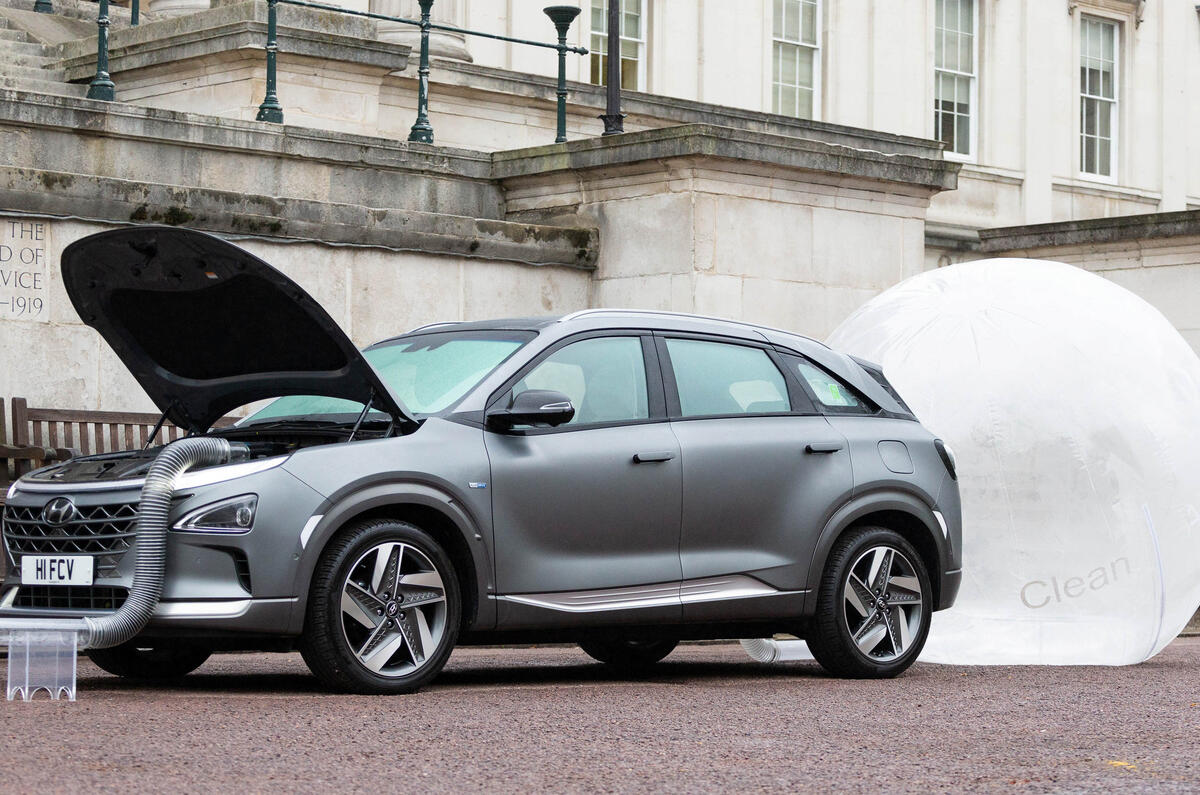
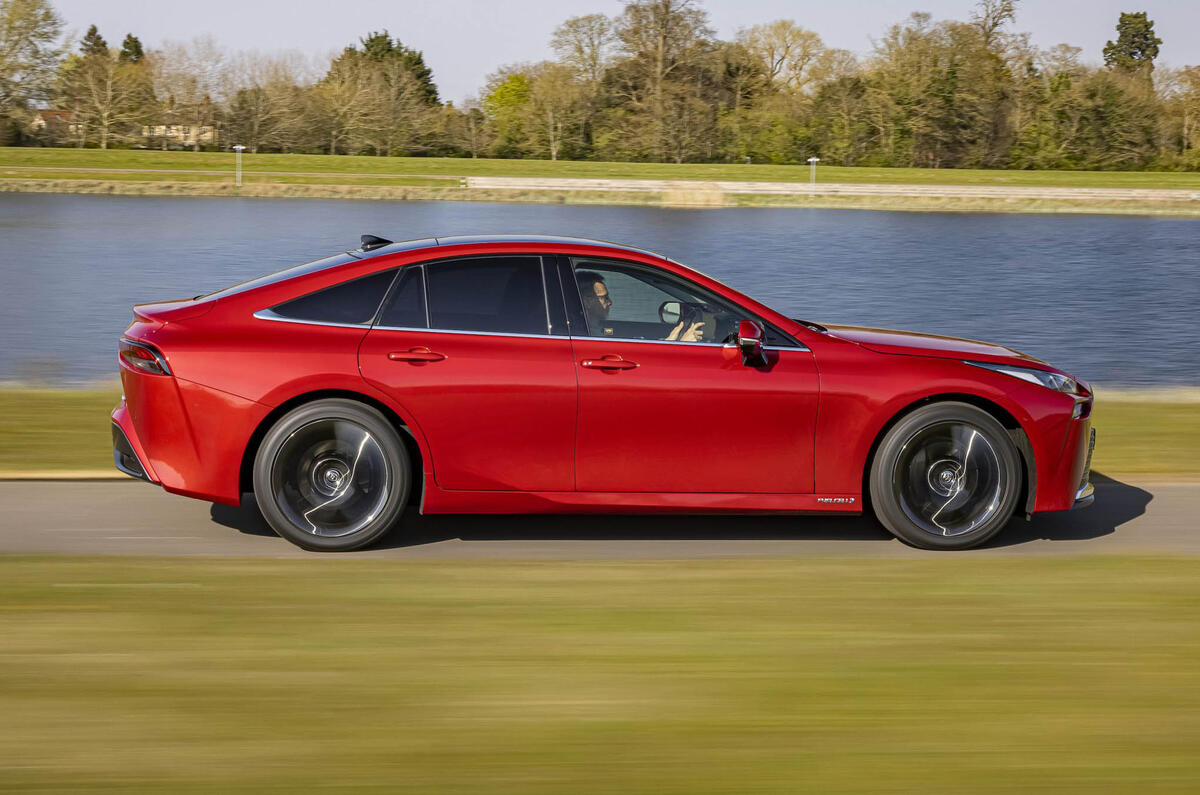
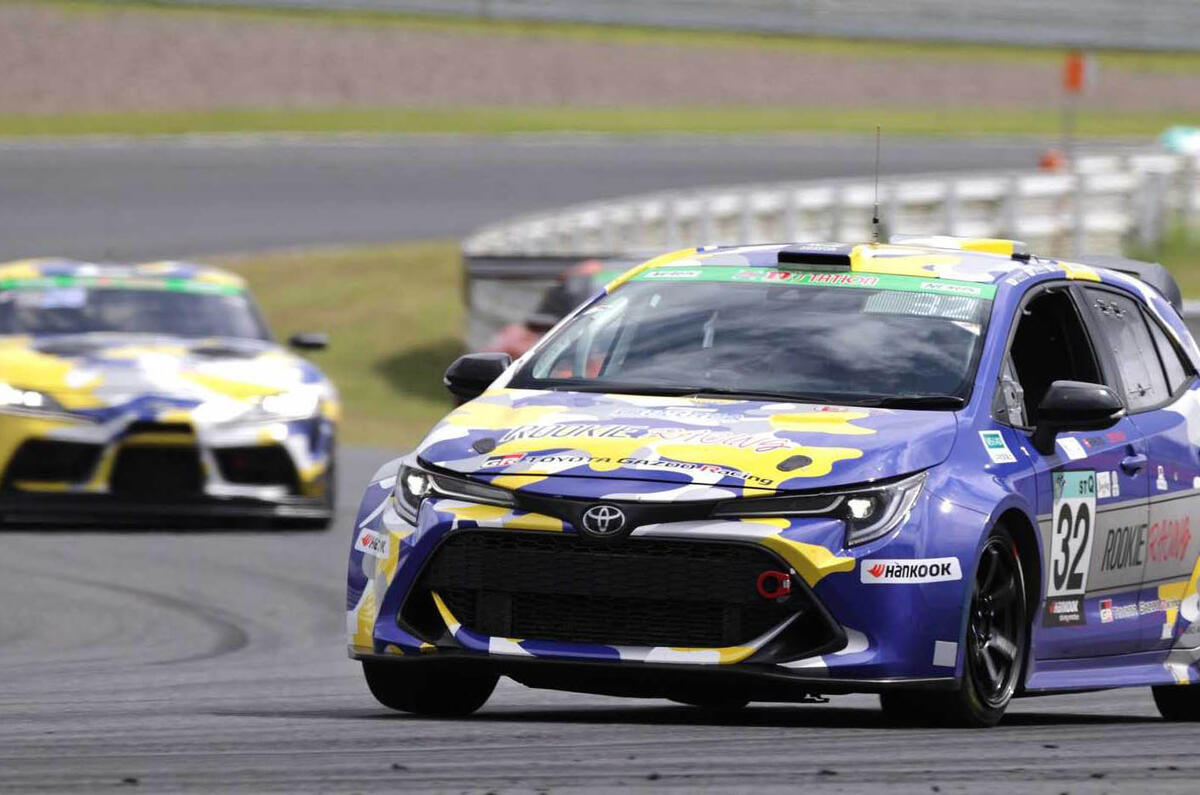
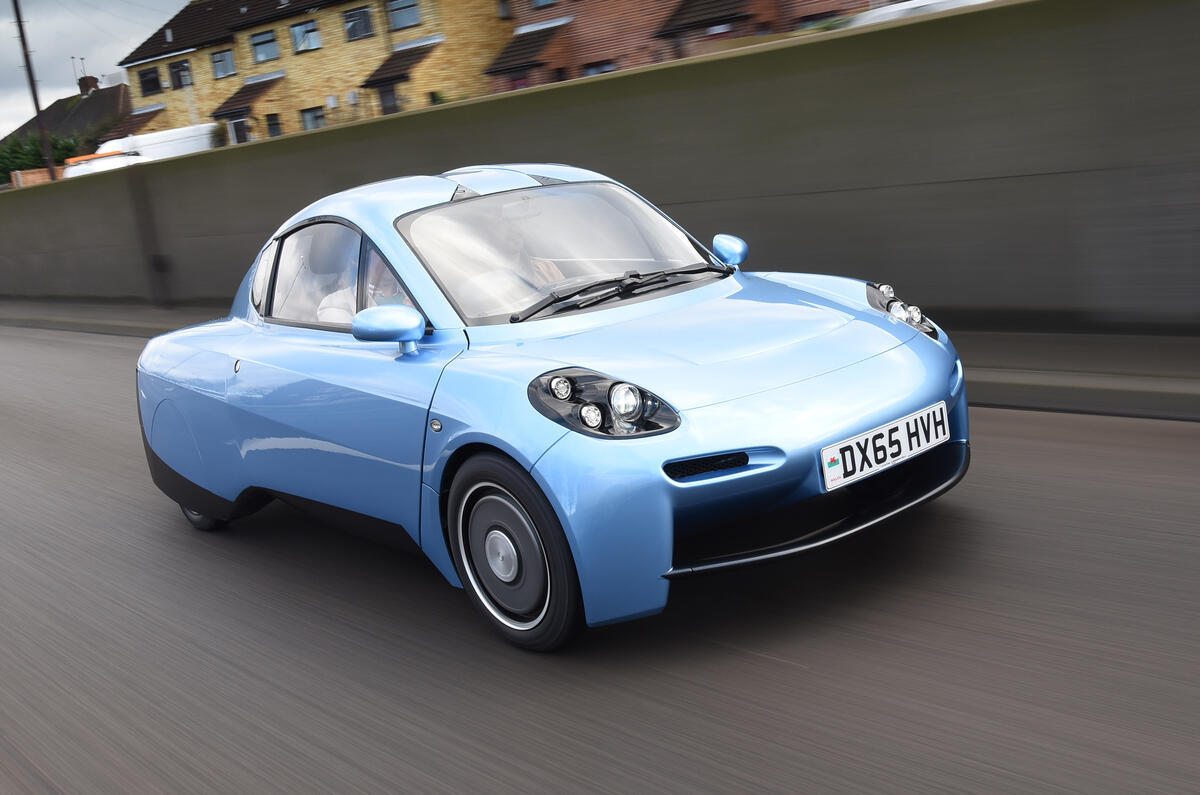
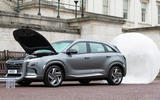
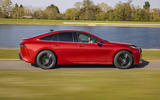

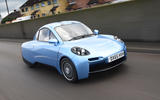


Join the debate
Add your comment
For some reason people keep ignoring the two biggest problems; that it's really inefficient and hard to store, and that these don't make it much better than BEV for any application.
The hydrogen round-trip efficiency is less than half batteries, so even if fuel cells get cheaper you'll always be paying more than 2x as much per km. And hydrogen combustion is even more inefficient than fuel cells.
Hydrogen may be light, but it's really hard to store, and Mirai's tanks weigh 85kg to store 5kg of hydrogen. Fuel cells are also heavy and weigh about 1kg/kW or ~100kg in the Mirai. This extra weight doesn't burn away on the journey like jet fuel either. This extra weight and the energy inefficiency makes hydrogen only ~2x as many km per kg of weight compared to batteries. This is not enough of a lead to stay ahead of batteries at the current improvement rates.
For aircraft, jet engines are just too nice a fit for heavy long distance transport, and I can't see them being displaced by anything soon. The cost of fuel and pollution would have to get really dire before people would accept regressing to leisurely electric prop or blimp transport. They can't switch to hydrogen combustion because of the storage problems, which means carbon-nuteral synthetic fuels will win.
This also makes it terrible for storing and transporting energy, and even blocks of aluminium would be better.
Which means, the best application for hydrogen in the future will be... (drumroll)... industrial processes that need hydrogen, or that can replace carbon with it. Fertilizer, steel, synthetic fuels, and maybe furnaces.
I beg to differ with the basis of this article. Yes, creating a 'hydrogen network' will be both difficult and expensive, but battery power will not be viable for heavy trucks for the foreseeable future. It will never be viable for ships and aircraft! These three categories consume more fuel than all others put together. So if we are to stop using fossil fuels the creation of a hydrogen network becomes vital. Once a network is created, it will become obvious that larger cars and 4x4s will be much more suited to hydrogen. Darwin's rules will then apply.
Everyone is blind as bats - and a little batty too.
All who decide to purchase a BEV will require the fastest recharging BUT
1. Fast recharching burns out batteries and charge recycle possibilities will fall to little over 50% of their maximum lifespan potential if recharging utilises 175KWh & 350KWh charging units.
2. if 5% of the Car population (1,5m vevicles) in the country use 175KWh chargers
and 5% use 350KWh chargers then the calculated requirement for Peaking Power Plants will result in motorists paying for the construction of 1,313 new Power plants (600MWh ea) at a construction cost of $400 billion.
The cost to recharge your BEV has not been properly thought out.
In my opinion, Wind & Solar power plants (INTERMITTENT PRODUCTION) would be better utilised to produce Hydrogen fuel. I am merely a director of Energy Investments & Finance - What do I know?
People will only use fast chargers on long distance trips which is barely a few trips a year for most of us. You'd be lucky if fast chargers are used by 1% of cars on a given day, let alone at the same time, bearing in mind that most will plug for 15/30 minutes max and there are 24h in a day... The rest of the time they will use slow chargers on their drive or in the street.
Avg car will need 3000kwh per yr. 32M car = ~100TWh/yr. That's less than a 1/3 more than current capacity, or about 20 nuclear reactor or 15000 wind turbine. Now if we were to use hydrogen instead, we would need 250TWh/yr, a near doubling of current capacity because making green hydrogen then generating electricity from it is highly wasteful. You need to produce 3kwh to get one at the wheel (1.2 with a bev). So we would need a lot more capacity with H2 than with battery. Simple as that.
It's also expensive and dangerous
RPrior, your knowledge of the energy sector (despite your professed credentials) seems a little off...